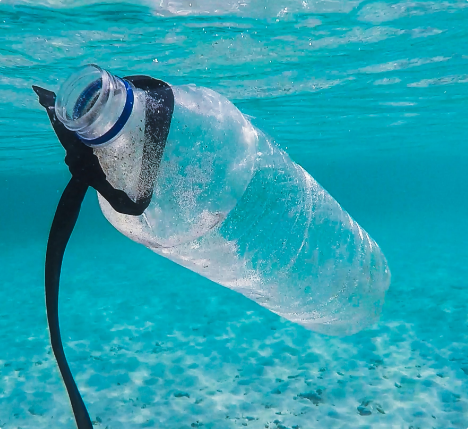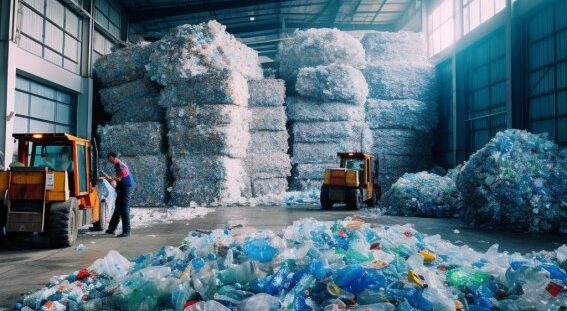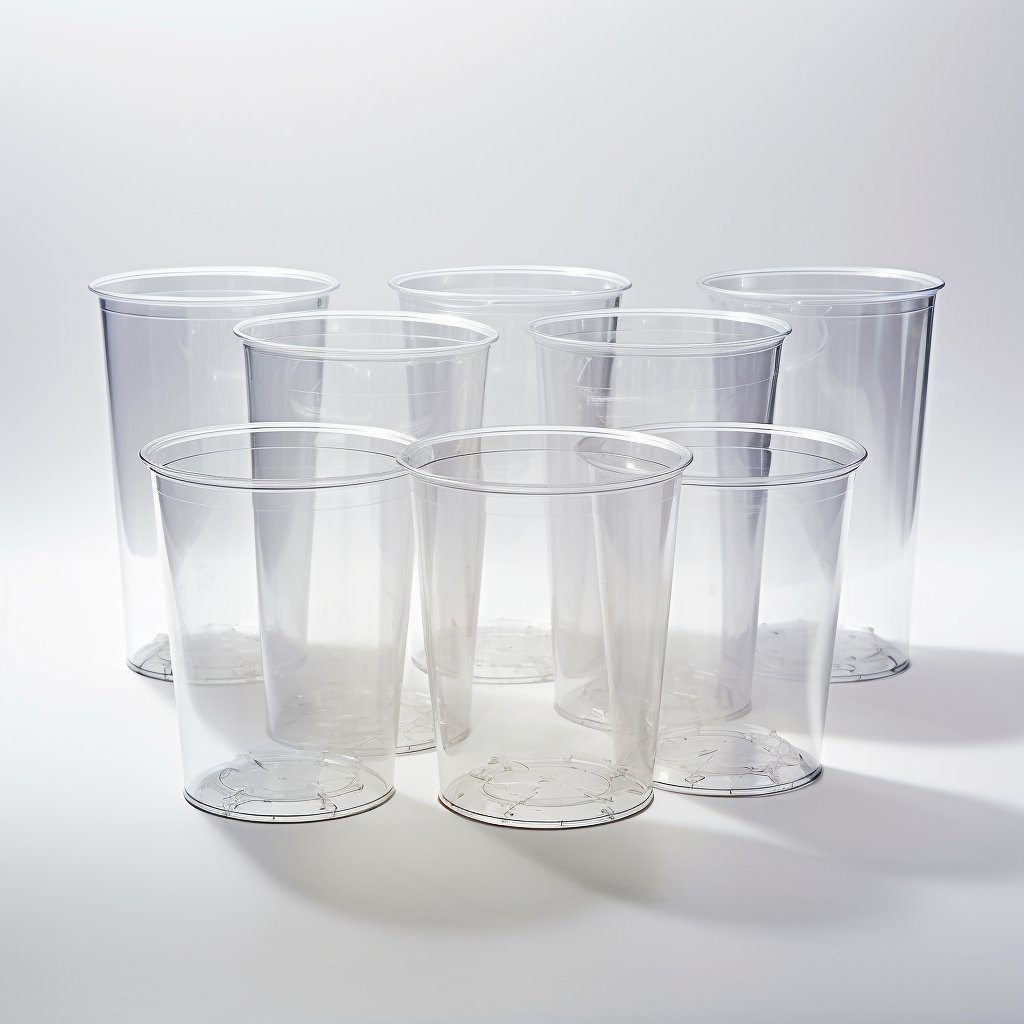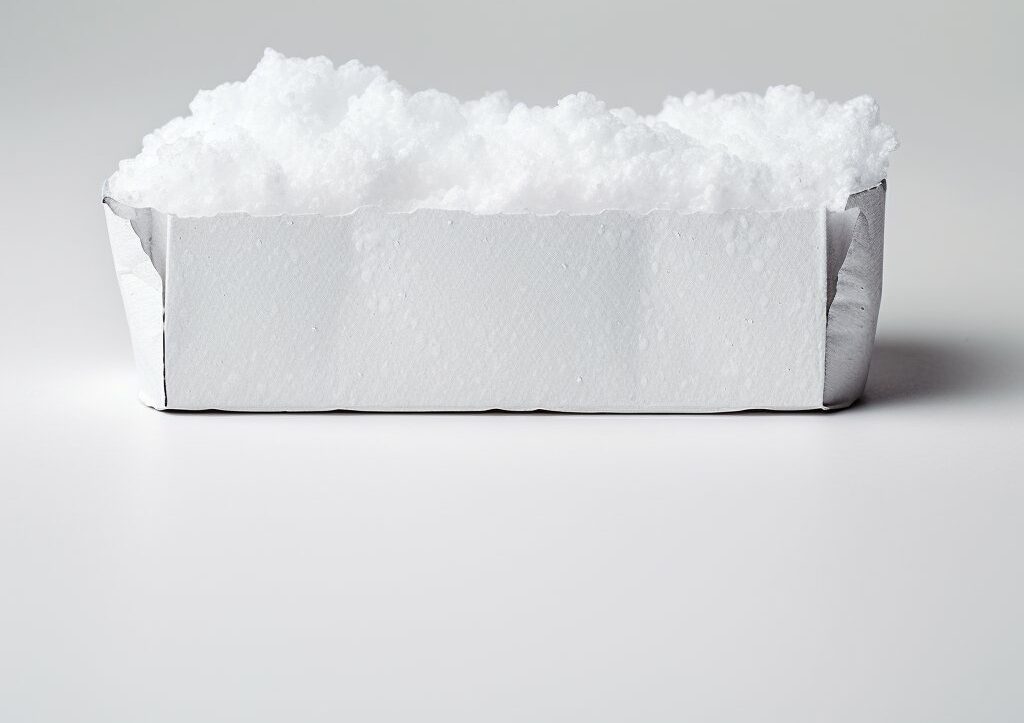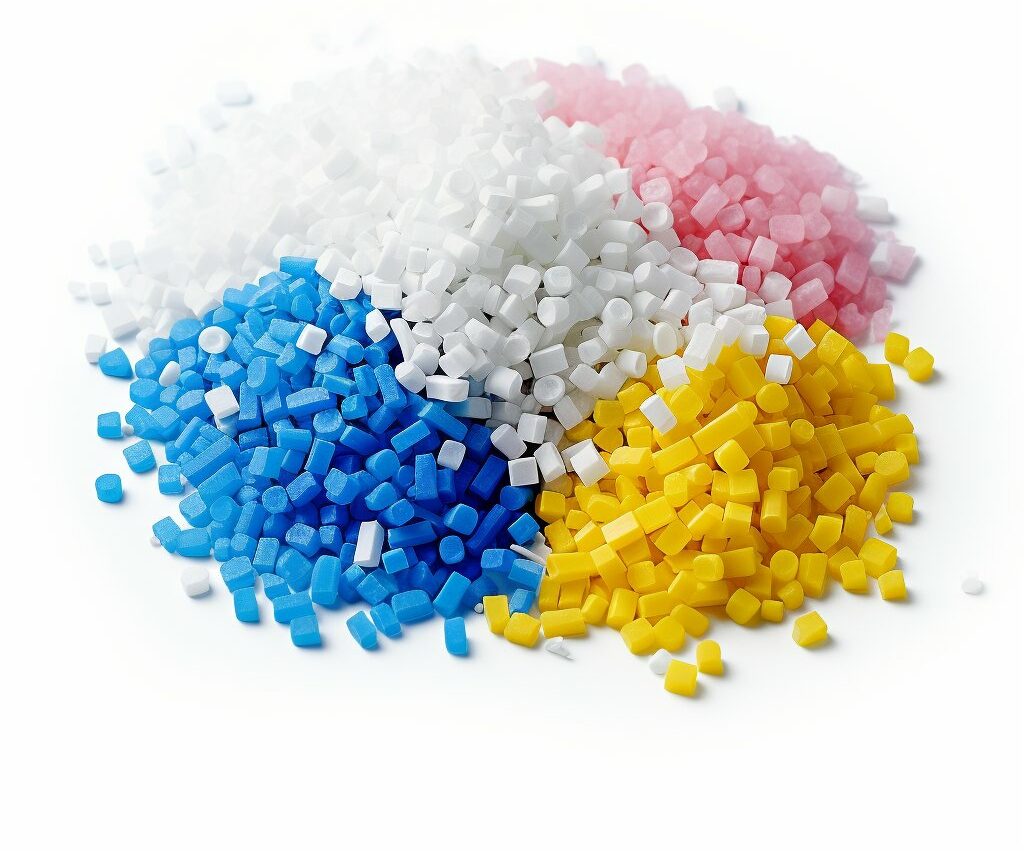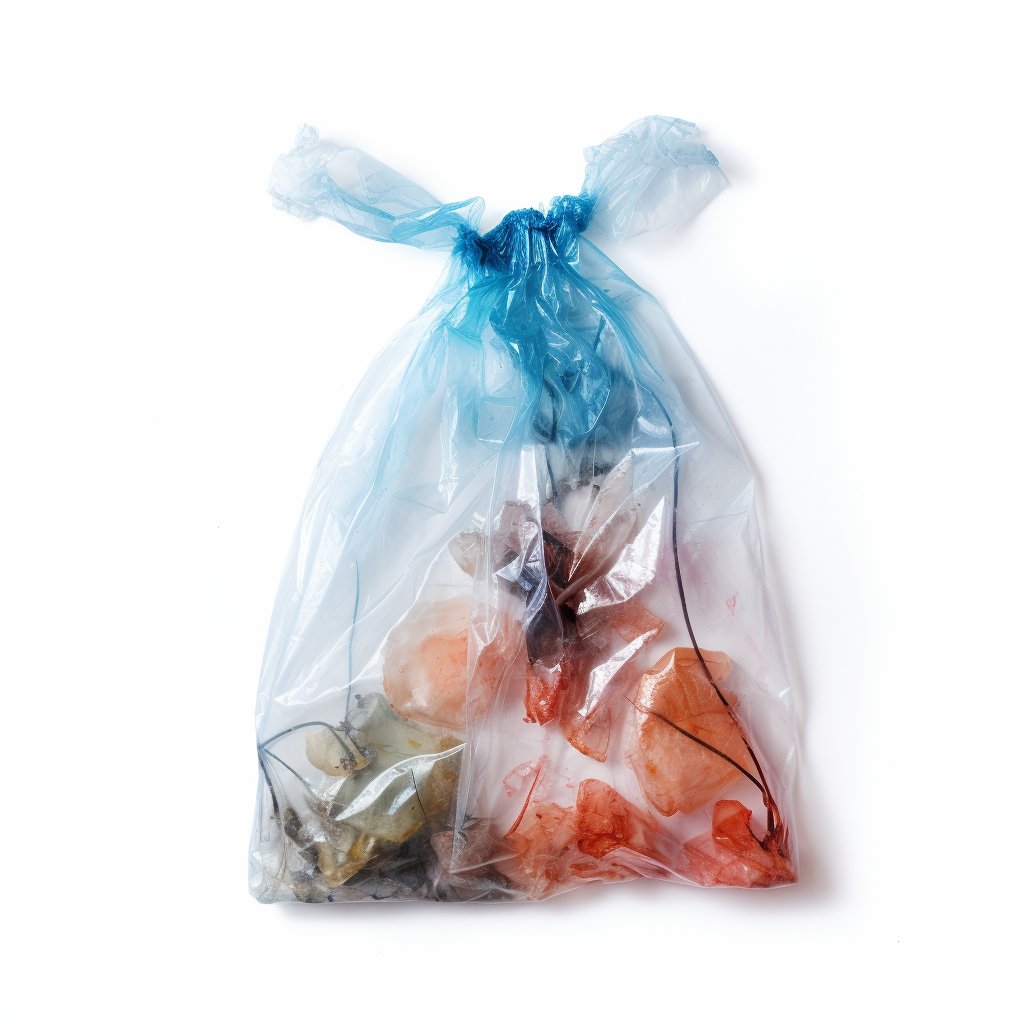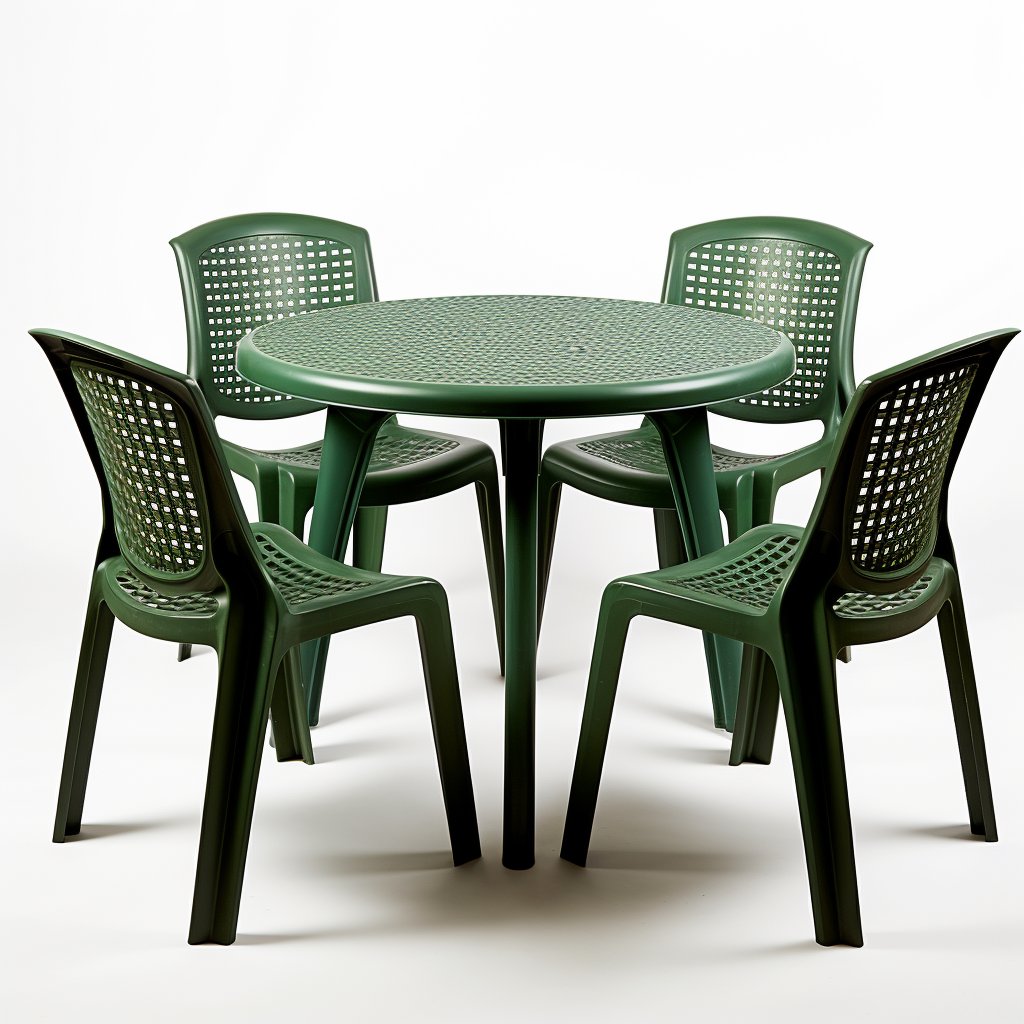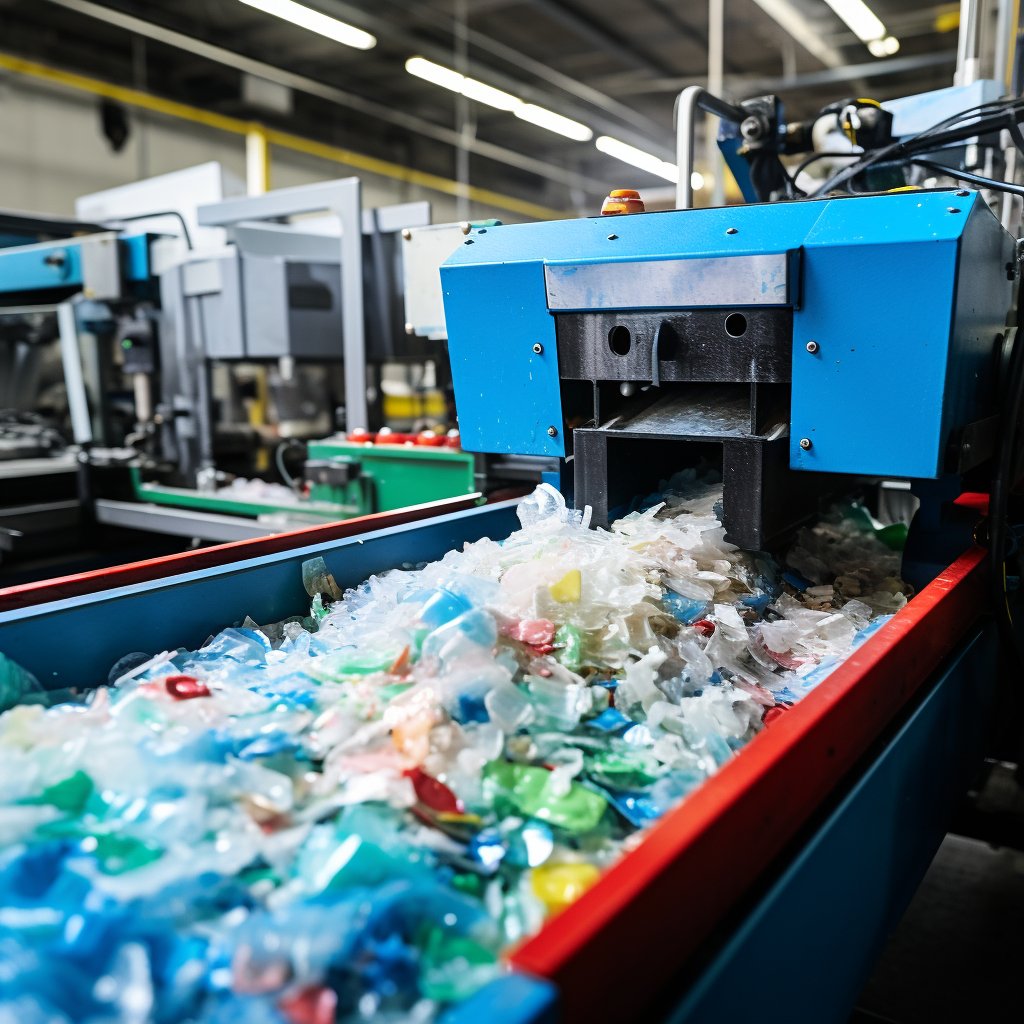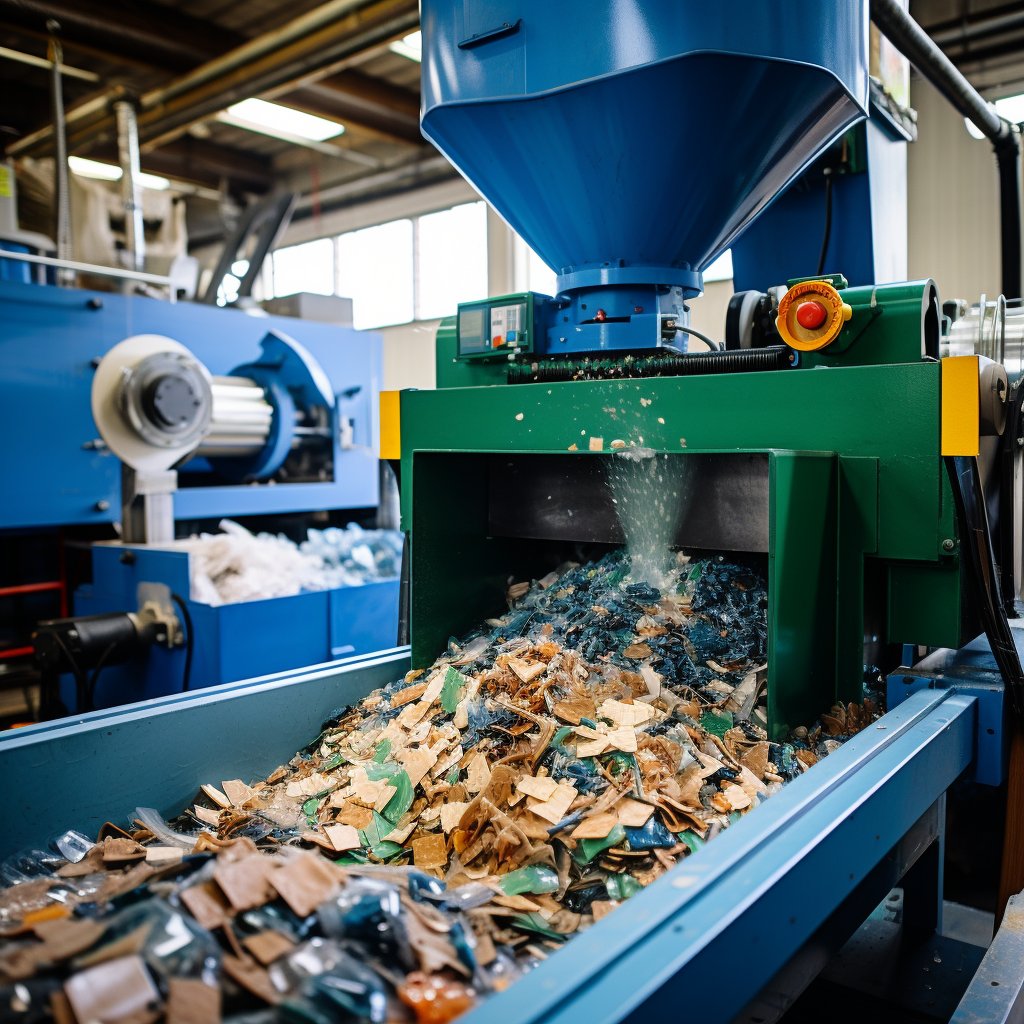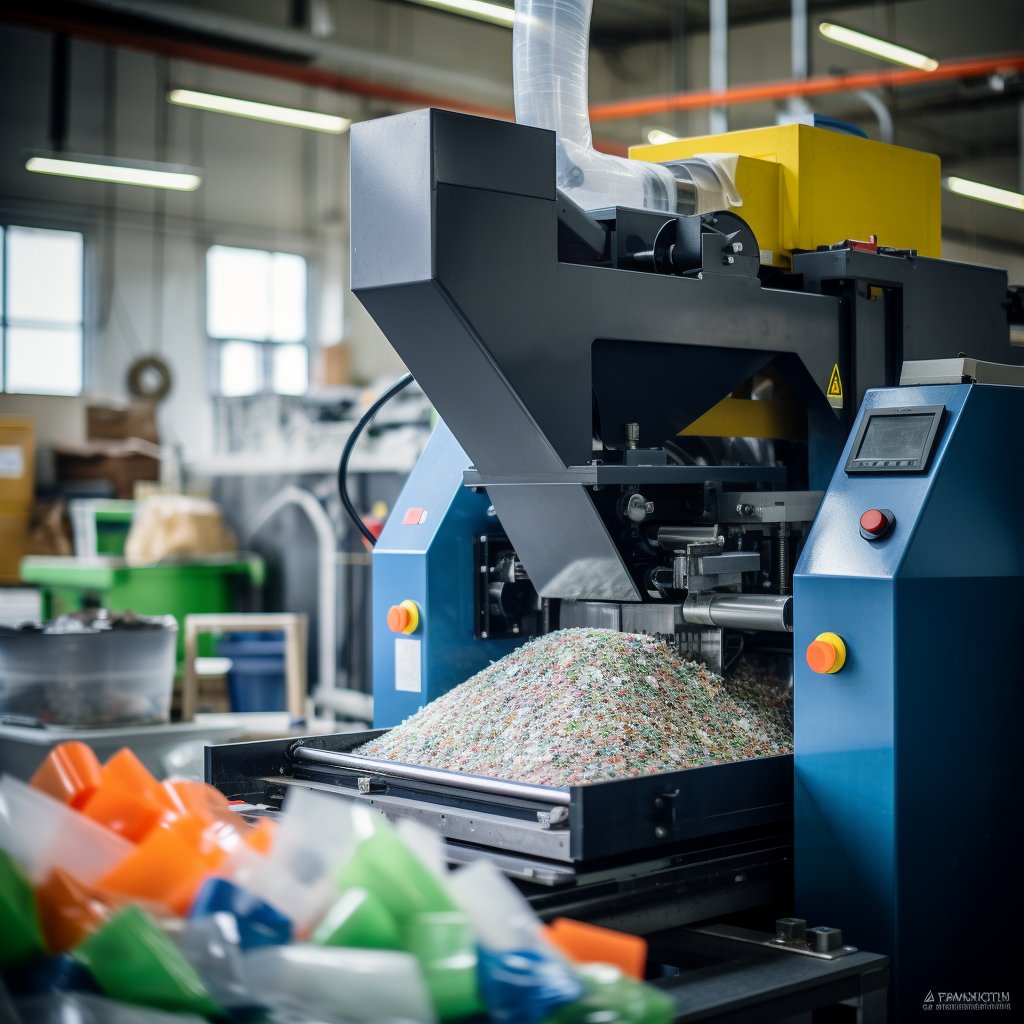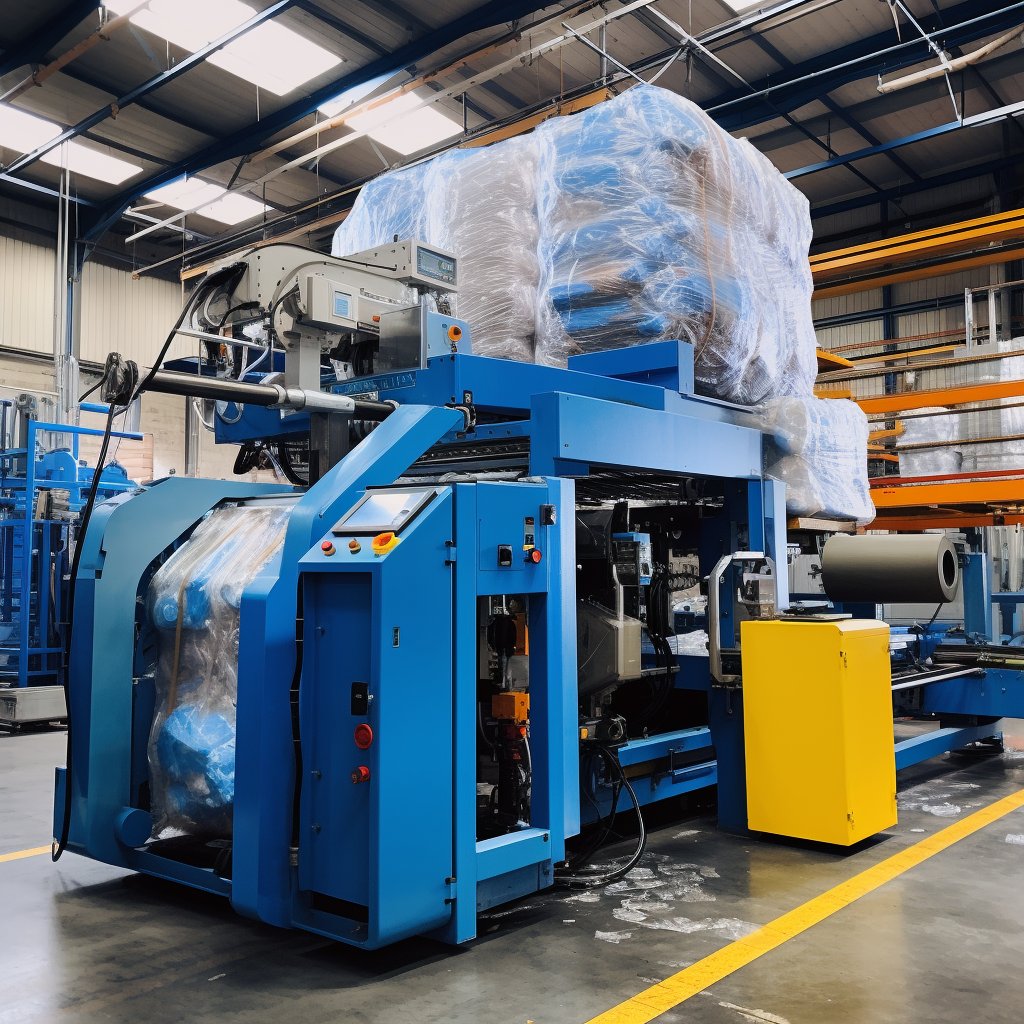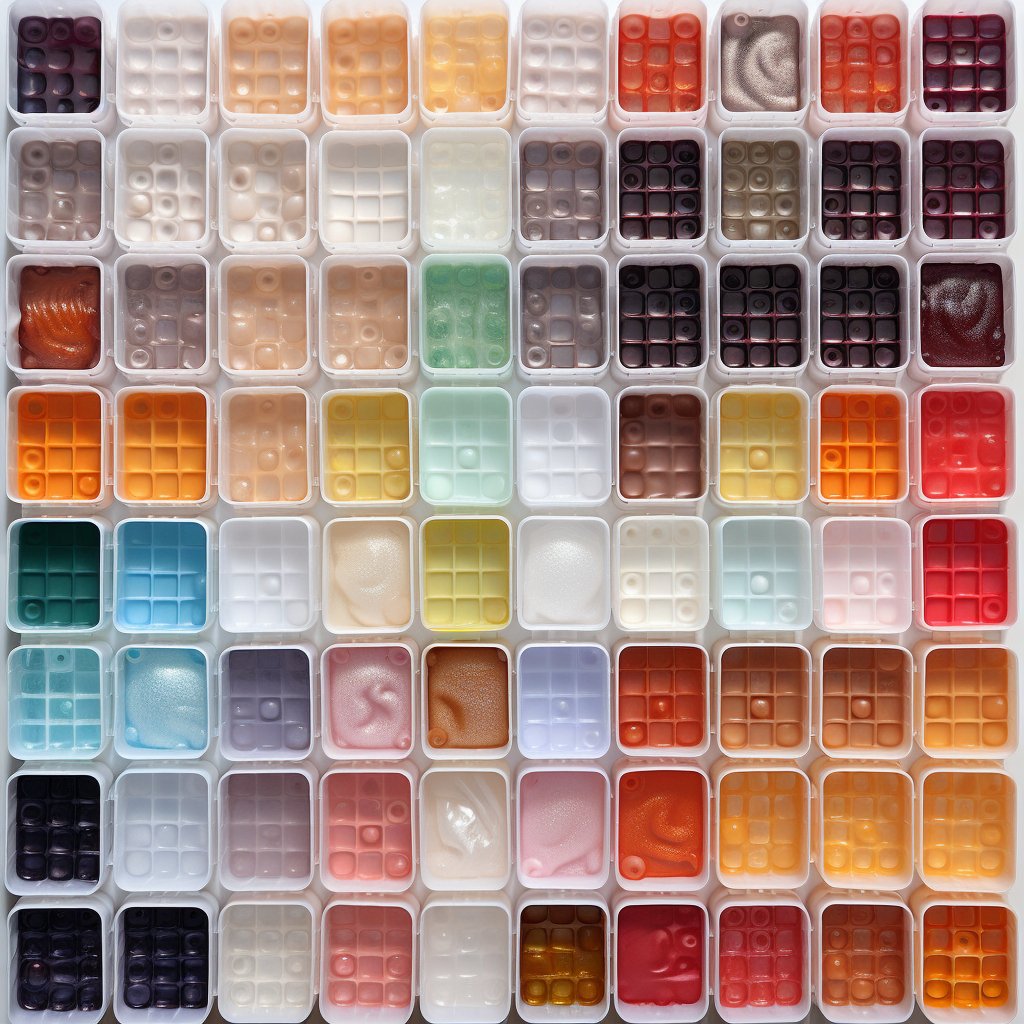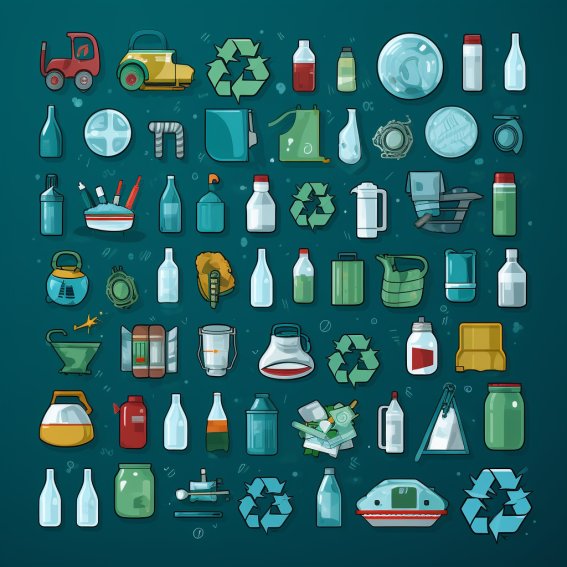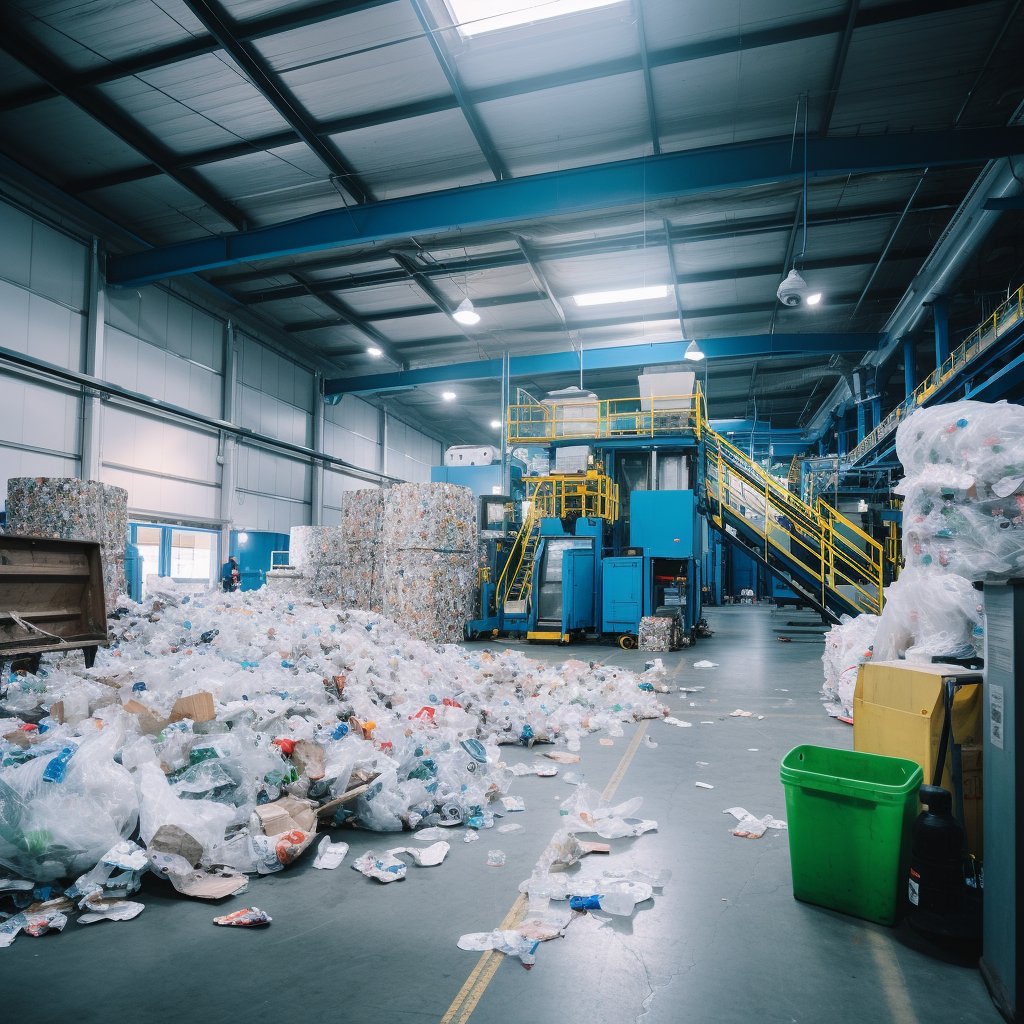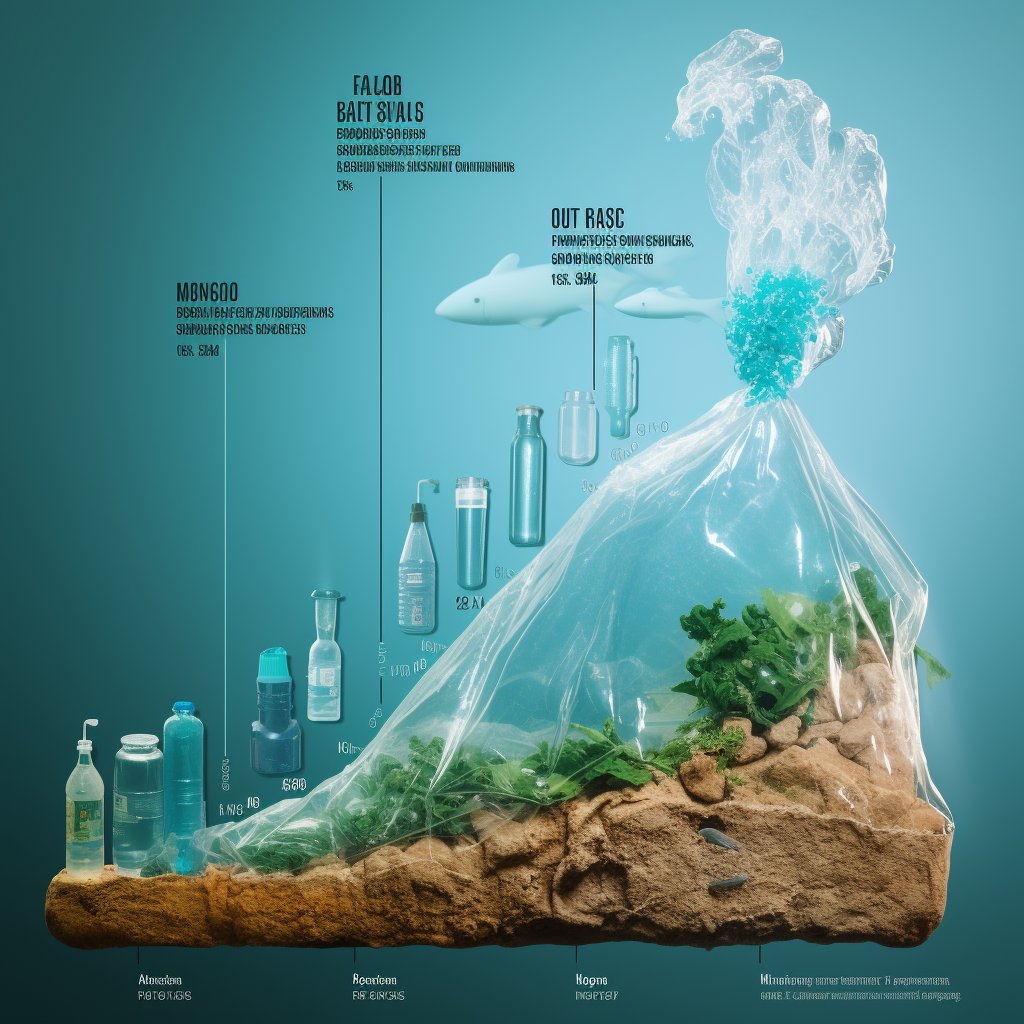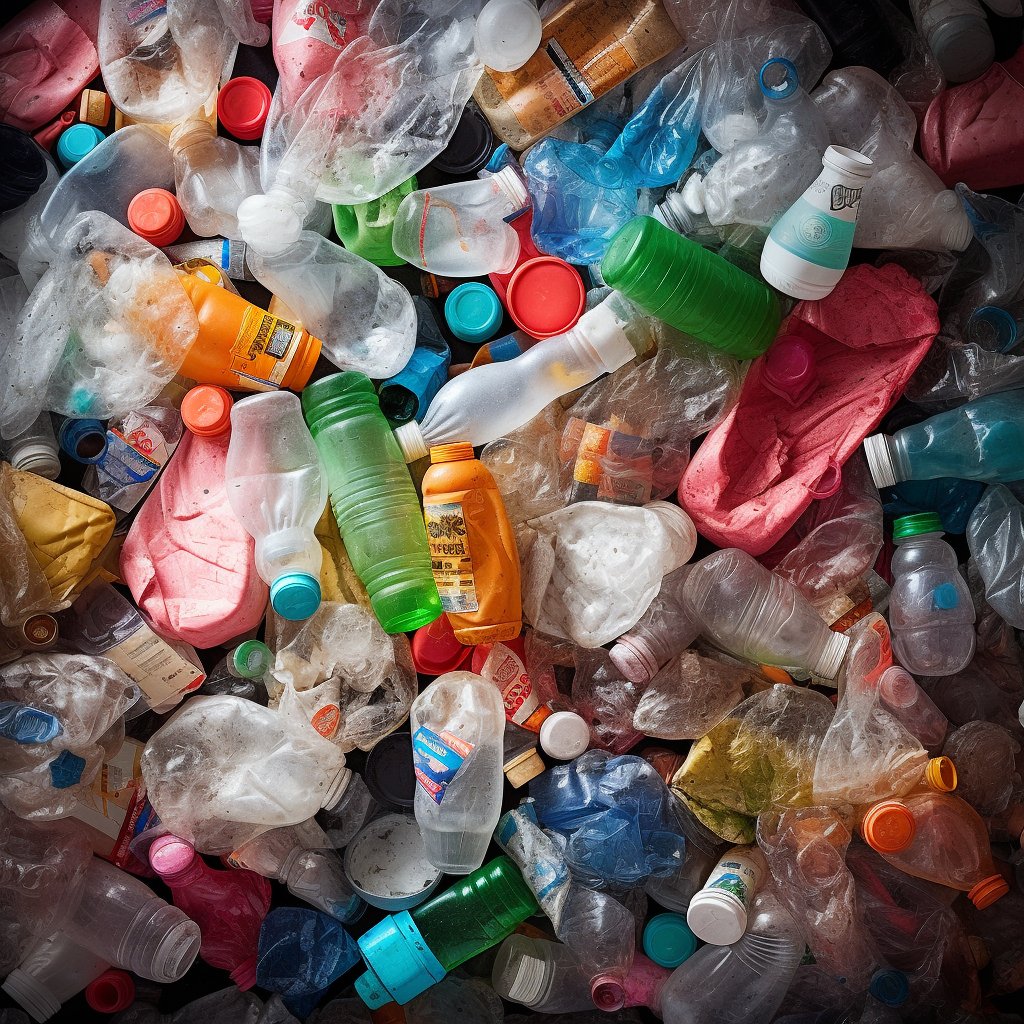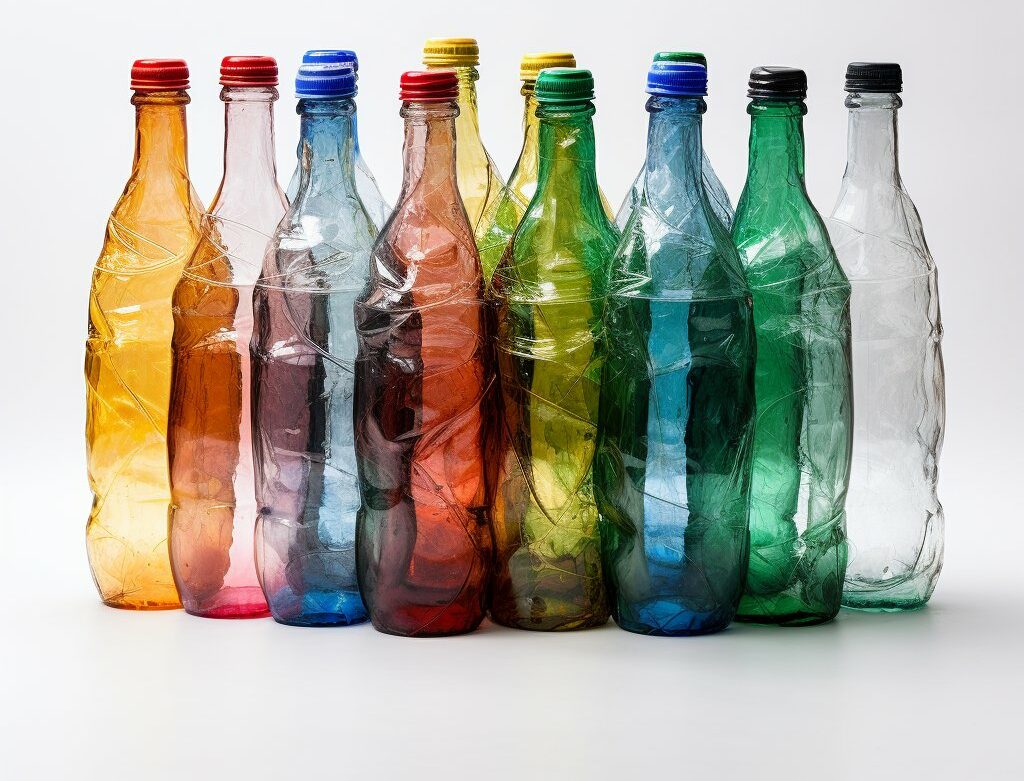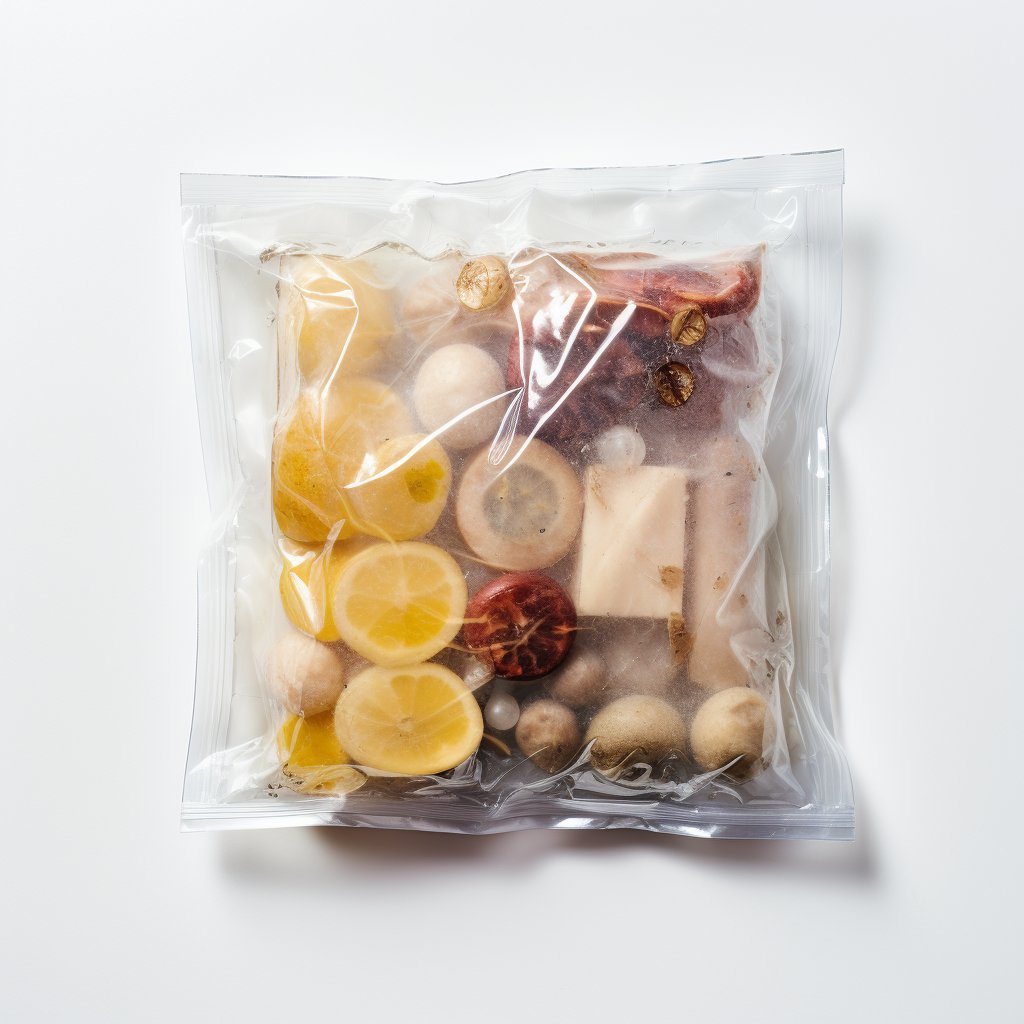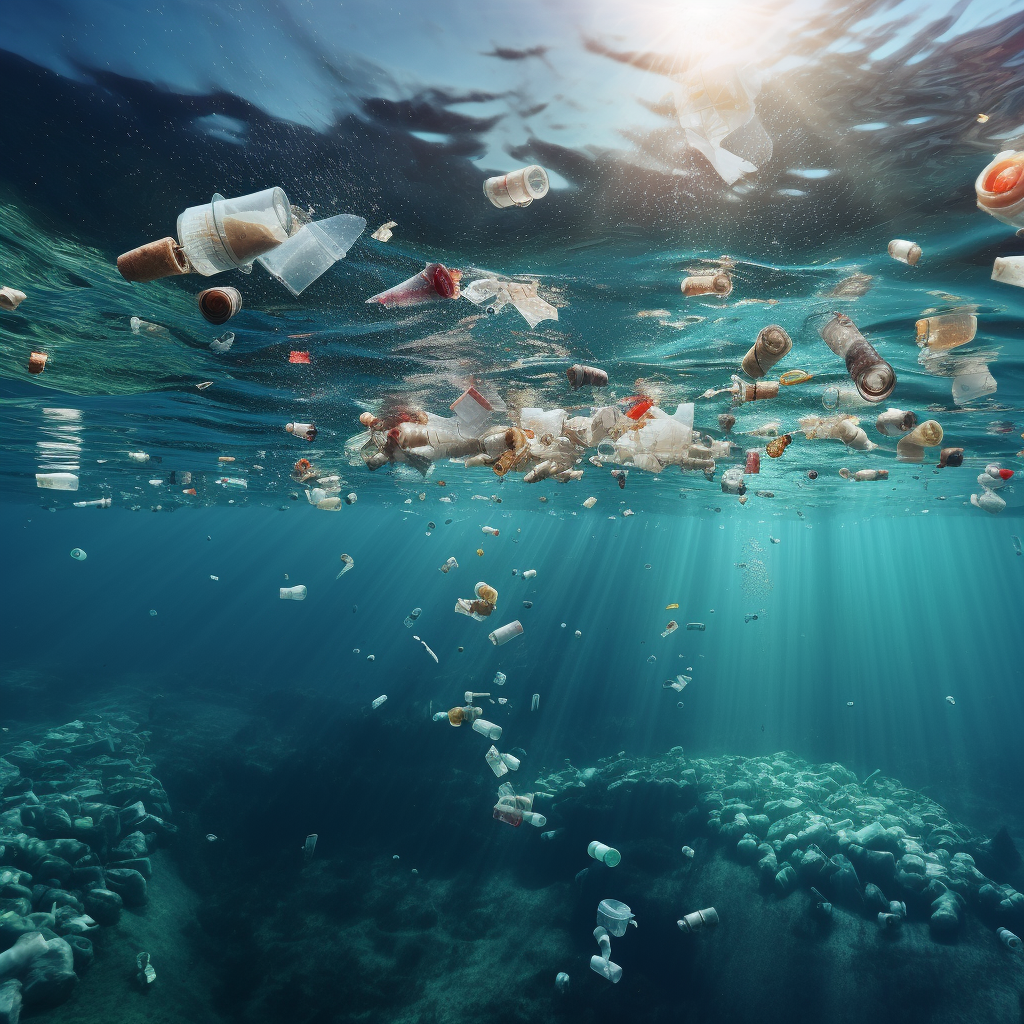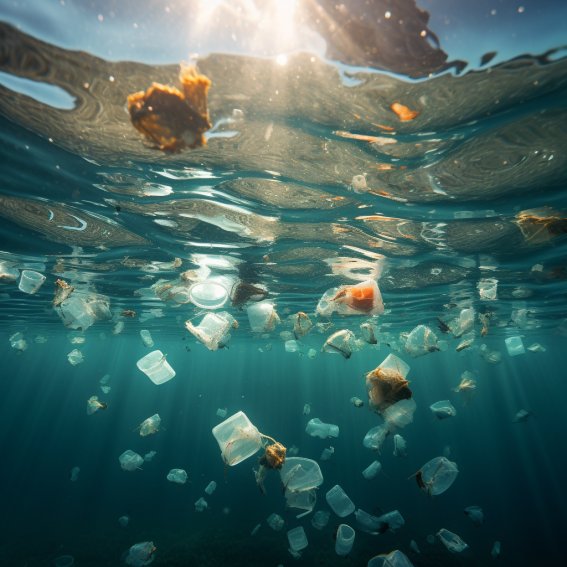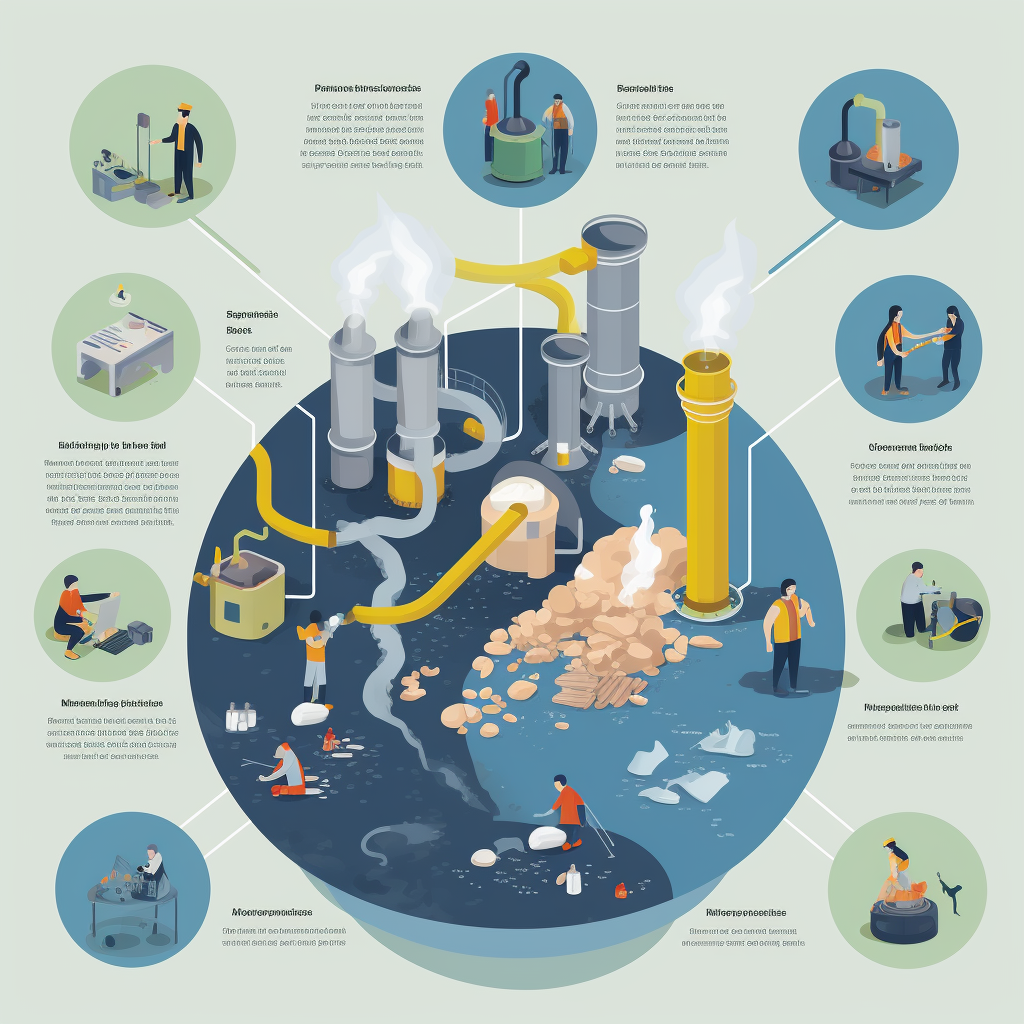- Plastic Recycling
- History of Plastic
- Plastic Production Volumes
- Identification Codes of Plastics
- Plastics Identification Methods
- Thermoplastics vs. Thermosetting
- History of Plastic Recycling
- Recycling Rates
- Recycling symbols
- The Recycled Plastic Market
- Recycling Facilities
- Process of recycling plastic
- Plastic Recycling Equipment
- Granulators
- Pelletizers
- Extruders
- Balers
- Shredders
- Recycled Plastic Products
- Recycled Plastic Art
- Recycled Plastic Bags
- Recycled Plastic Clothes
- Recycled Plastic Furniture
- Recycled Plastic Shoes
- Thermoplastics
- Thermosets
- Other Polymers
- Mouldings
- Recycling trends
- Traceability in Recycled Plastics
- Supply chain traceability for plastic
- The Digital Deposit Systems
- Recycling deposit schemes
- Mass Balance Tracking for Chemical Recycling
- Digitisation of waste management
- Plastic Credits
- Producer Responsibility Schemes
- Digital Reverse Vending Systems (dRVM)
- Blockchain for Circularity of Material Flows
- Formalising the Informal Sector
- Making Waste Management a Valued Part of Society
- Sustainability
- Regulatory
- EU Strategy for Plastics in a Circular Economy
- EU Taxonomy
- EU Regulations for Recycled Content in New Materials
- Product Passport
- Single-Use Plastics: New Rules for Reporting
- 2021 Plastics Law
- FDA – Use of Recycled Plastics in Food Packaging
- The California Plastic Waste Reduction Regulations Initiative
- Recycled Plastics Manufacture and Usage Rules
- Extended Producer Responsibility implementations
- FAQ


